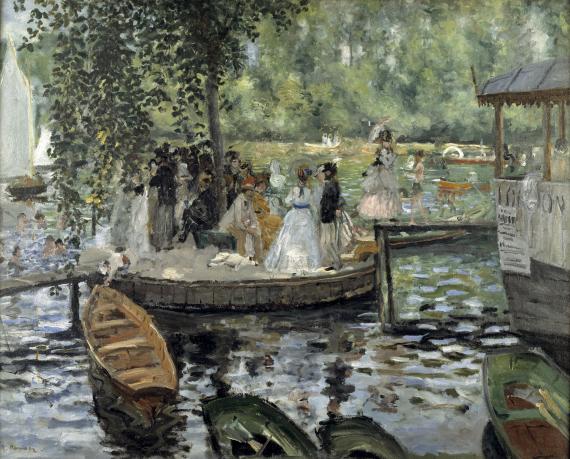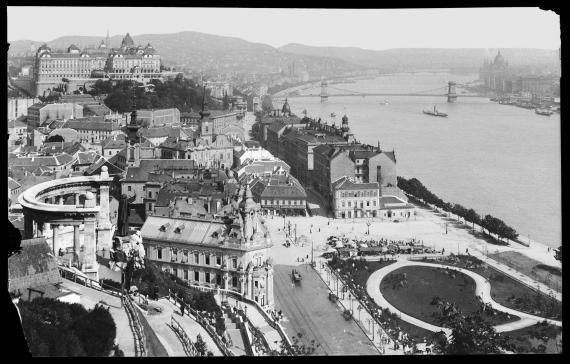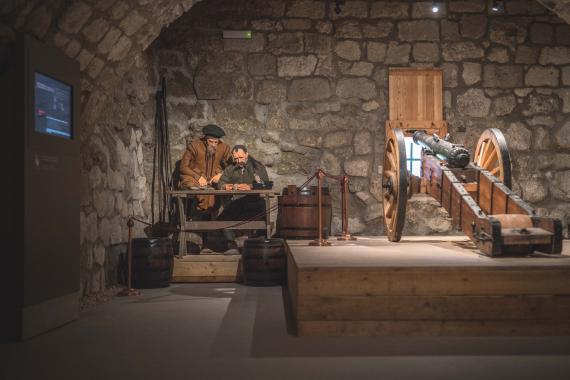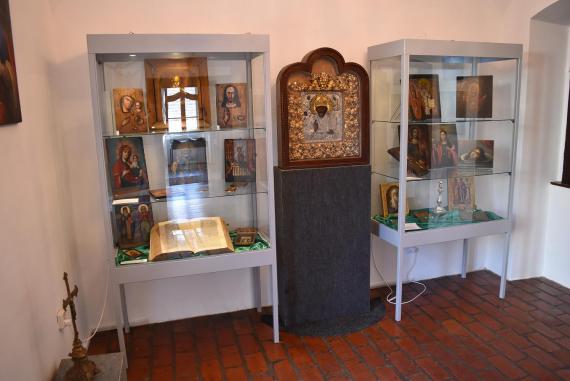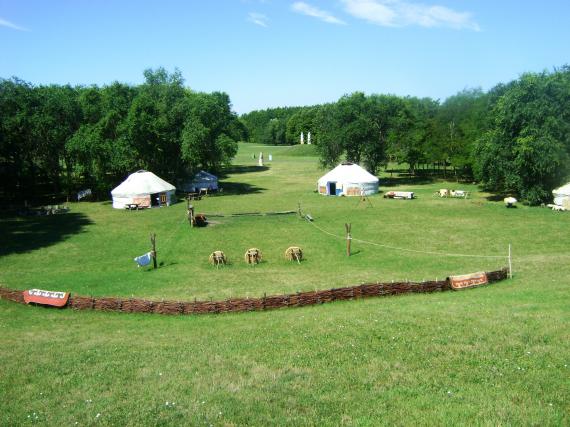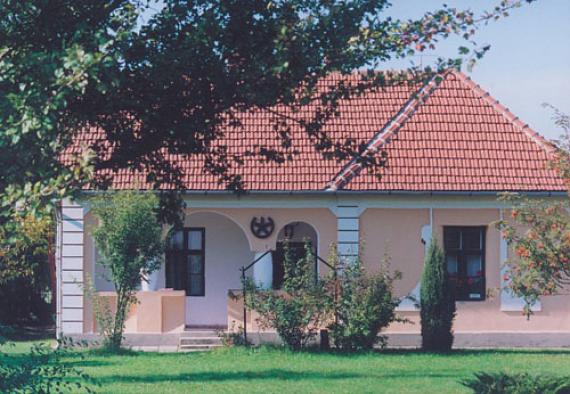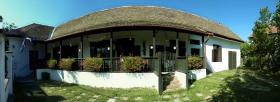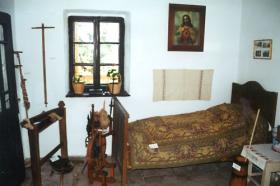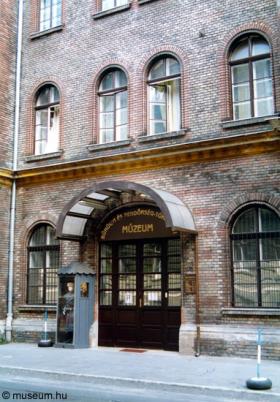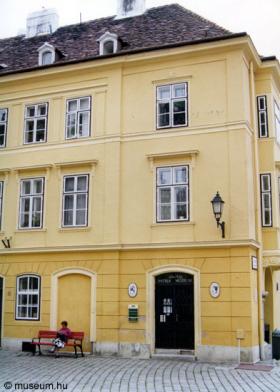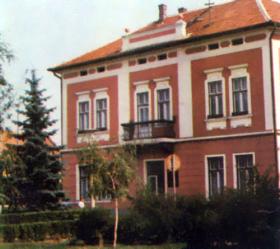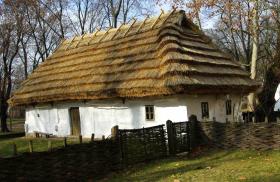2024. April 27. Saturday
Budapest: The First Golden Age
The exhibition organised in conjunction with the Fortepan digital photo archive evokes the Hungarian capital in its heyday, at the turn of the nineteenth and twentieth centuries. Researchers from Fortepan discovered negatives of photographs of Budapest, hitherto unknown in Hungary, taken by a German postcard publishing company and preserved in the collection of the Deutsche Fotothek in Dresden.

Nomad Park
On the site beside the horse court we set out to represent the history of the races of the Euro-Asian plains, and all this through archeological relics and ethnographic parallels. Before the Hungarian settlement Huns were one of the nomadic peoples of the region, who changed their life-style in the 10-11th centuries. This change could first of all be put down to the special geographic advantages of the Carpathian Basin.

